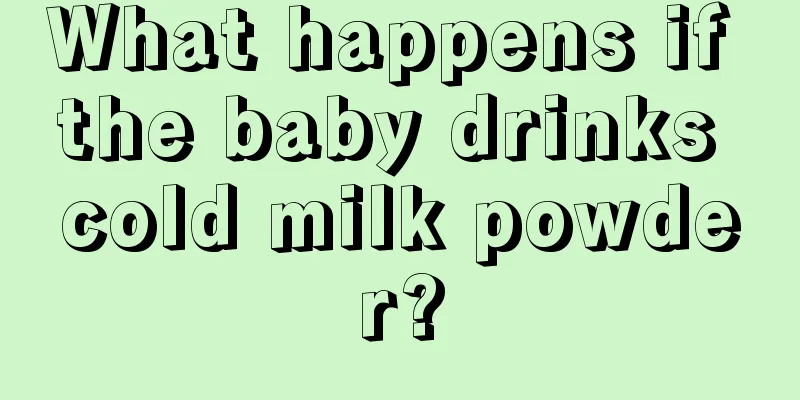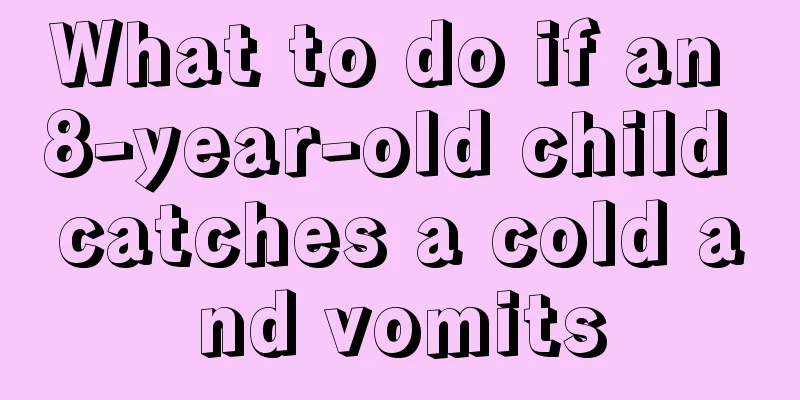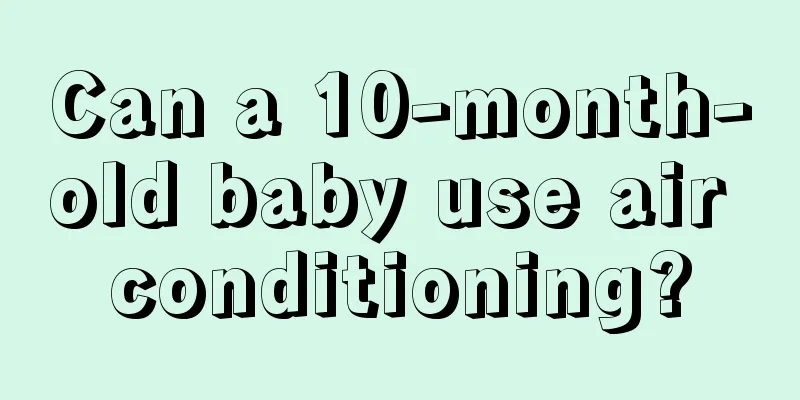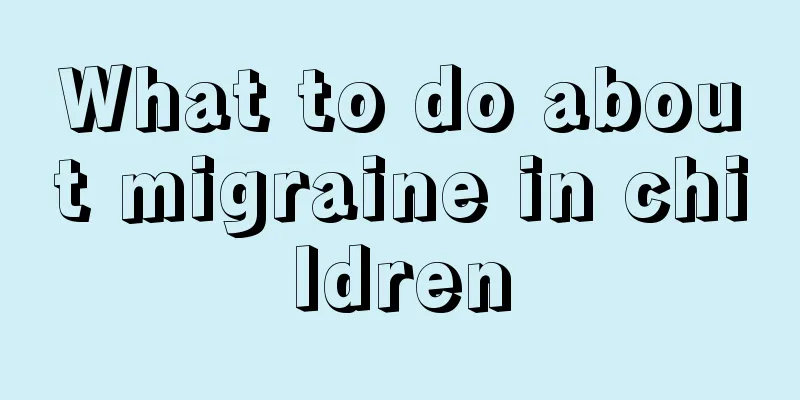How to deal with blisters on children's burns
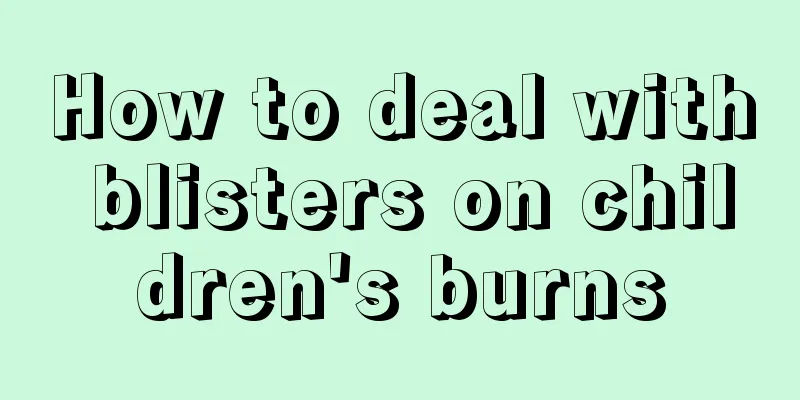
|
Children are playful by nature. If parents are careless, their children may get burned. Children's skin is delicate. Once a burn occurs, parents should deal with it urgently. If blisters appear on the child's skin, they should first rinse it repeatedly with cold water to dissipate the heat, then simply bandage the wound and go to the hospital for appropriate treatment in time. Treatment of burns in children : 1. On-site processing (1) Shorten the time that heat contacts the skin, quickly extinguish the flame, pick up the child and move him/her away from the heat source, and take off clothing that has been burned or soaked by hot liquids. (2) If the injury permits, rinse immediately with cold water, wrap the wound with a disinfectant sheet, and keep the airway open. (3) When airway obstruction occurs, breathing difficulties, insufficient gas exchange, hypoxia, irritability, bluish face and lips, and increased heart rate occur. After a clear diagnosis, endotracheal intubation or tracheotomy and oxygen inhalation should be performed decisively. During the rescue of a large number of burns, when encountering airway obstruction, the indications for tracheotomy should be relaxed and the patients should be transferred to the treatment unit as soon as possible. 2. Early treatment Take a detailed medical history, conduct a full physical examination, and pay attention to any associated injuries. Estimate the burn area and determine the burn depth. 3. Fluid resuscitation Children may experience shock symptoms after burns, which usually do not last long and have little impact on the children, and usually do not require special treatment. Prevention and treatment of shock : Take comprehensive treatments such as early infusion, oxygen supply, sedation and analgesia, and warming. Rehydration method : The child's response to resuscitation and changes in various shock recovery indicators must be closely observed, and the quality and speed of fluid replacement must be adjusted based on the child's actual situation. Notes on fluid refilling : (1) Puncture and cannulate peripheral small veins to establish a reliable infusion channel, strictly follow aseptic operation, and prevent catheter infection. (2) Fluid replacement sequence : The purpose is to quickly replenish blood volume and correct the imbalance of electrolytes and acid-base in the blood. (3) Infusion rate : Adjust according to urine volume [should be maintained at 1 ml/(kg h)] and various laboratory test indicators. When infusing large amounts of 10% glucose, blood sugar changes should be monitored to prevent hyperglycemia. (4) When there is hemoglobin and myoglobin in the urine, the urine volume should be increased appropriately [2 to 2.5 ml/(kg·h)] to alkaline the urine to protect kidney function. 4. Wound treatment For mild burns, wound treatment, pain relief and infection prevention are usually performed in outpatient clinics. If necessary, inject 0.5 ml of tetanus toxoid and give antibiotics for 3 to 5 days to prevent infection. For areas that are easy to bandage, such as the limbs and trunk: Apply lithospermum oil or Kangfuxin liquid gauze and then bandage. Small area of shallow second degree burns on the face, neck and perineum: apply lithospermum oil, Chinese medicine Jingwanhong, Kangfuxin liquid or complex iodine solution to the wound. Keep it clean and avoid scratching |
<<: How to deal with urticaria in children
>>: Transparent blisters in babies may be caused by herpes
Recommend
What is the cause of pimples on the baby's palms?
We all know that when babies are young, their bod...
What should I do if my child has low white blood cell count? Mothers must know
Children's health issues have always been a c...
Baby's night sleep time
A baby’s daily routine is completely irregular, e...
Why is my child's lips swollen?
As children grow up, what parents worry about mos...
Why do children sleepwalk?
Sleepwalking often occurs in children. About 1% t...
Can a one-year-old baby eat pomegranate?
Pomegranate is very nutritious, containing rich v...
What should I do if my 14-year-old child has a hunchback?
The peak period of adolescent hunchback is from 9...
How to make baby beef puree
The best complementary food for infants and young...
Symptoms of parasite infection in babies
It is very common for babies to have parasites in...
What are mycoplasma antibodies in children?
The medical explanation of antibodies is that aft...
What vaccines should babies get when they are one month old?
When the baby is one month old, he needs to get t...
How to provide psychological counseling to children with ADHD?
ADHD is common among children. Children's hyp...
What should a newborn baby wear?
Many parents of newborn babies do not know how to...
How to make baby tofu porridge
Baby tofu porridge is a very common baby food. Th...
What is visual attention training?
A child's vision and attention are critical p...
